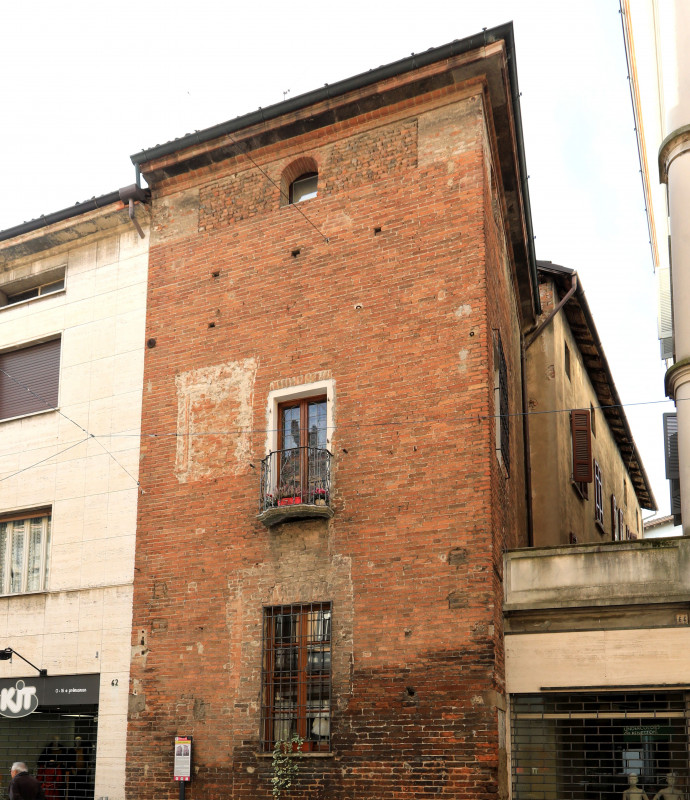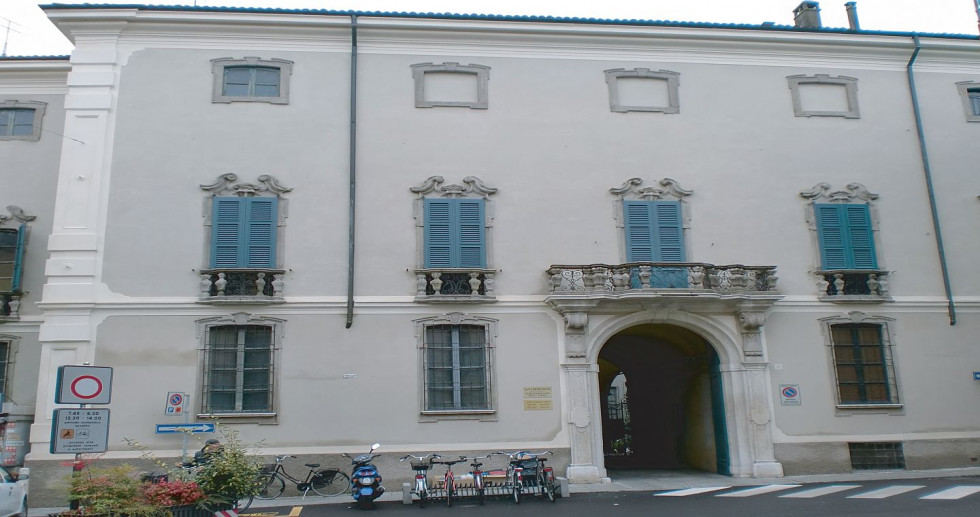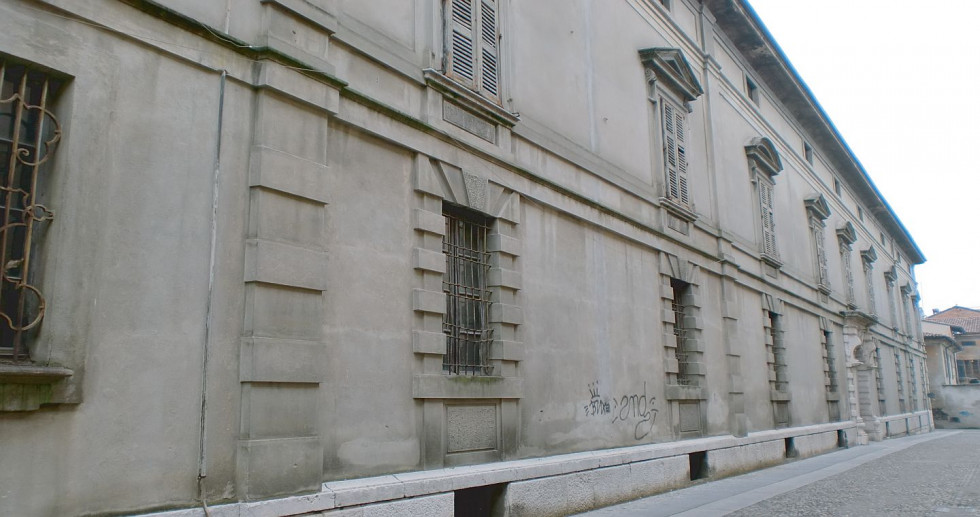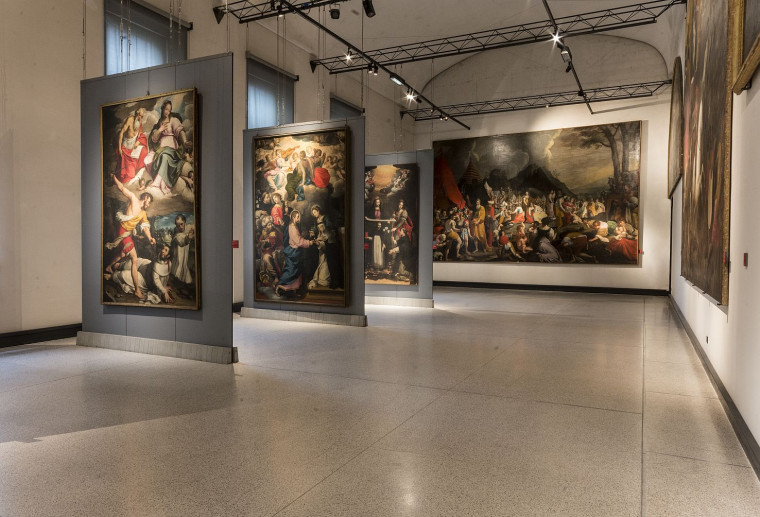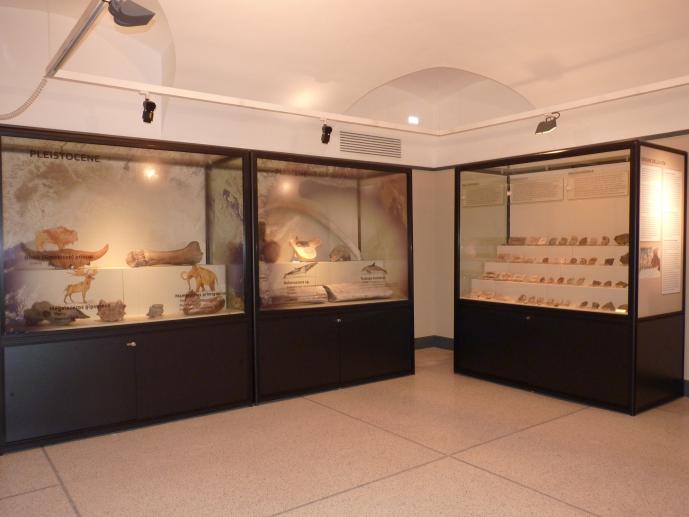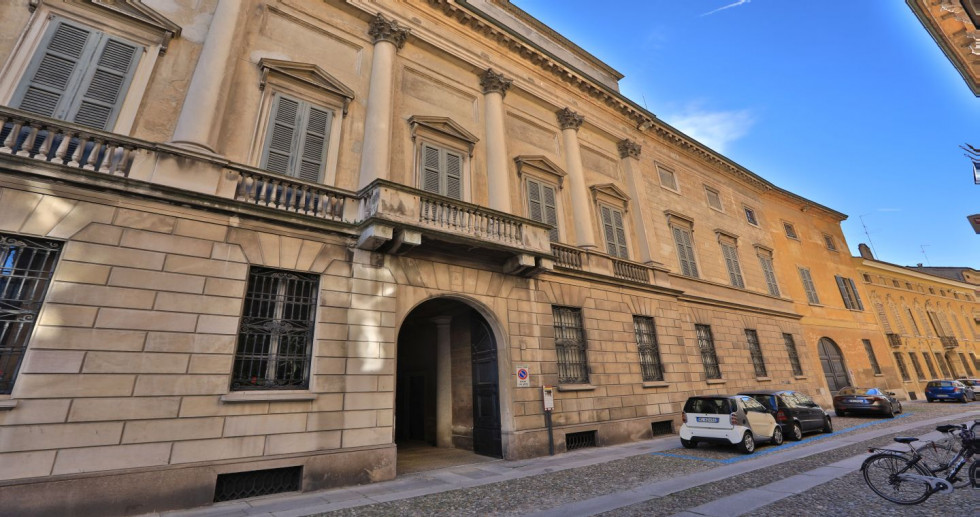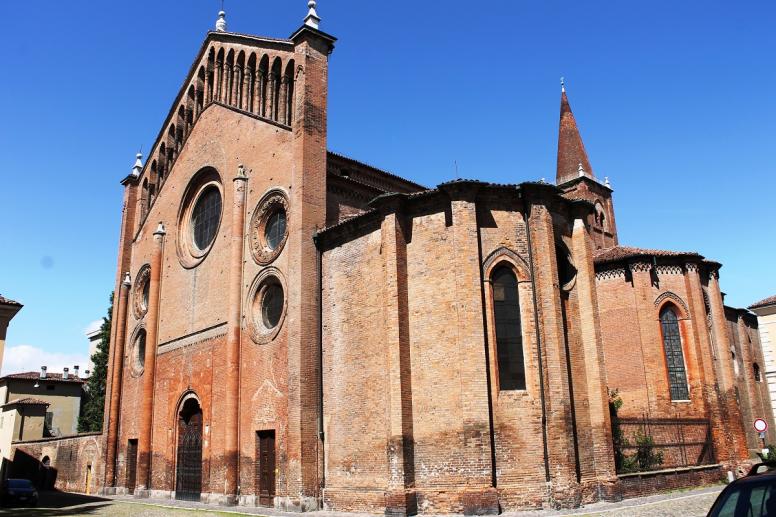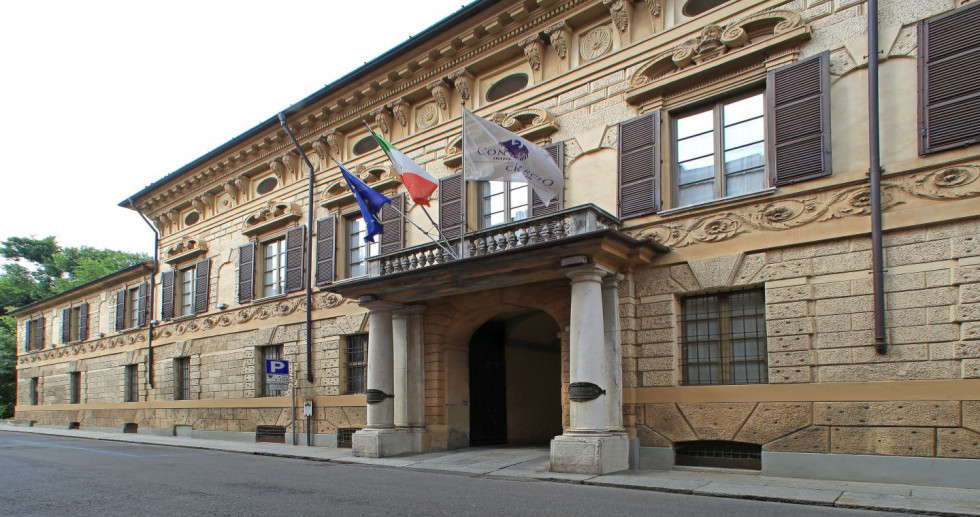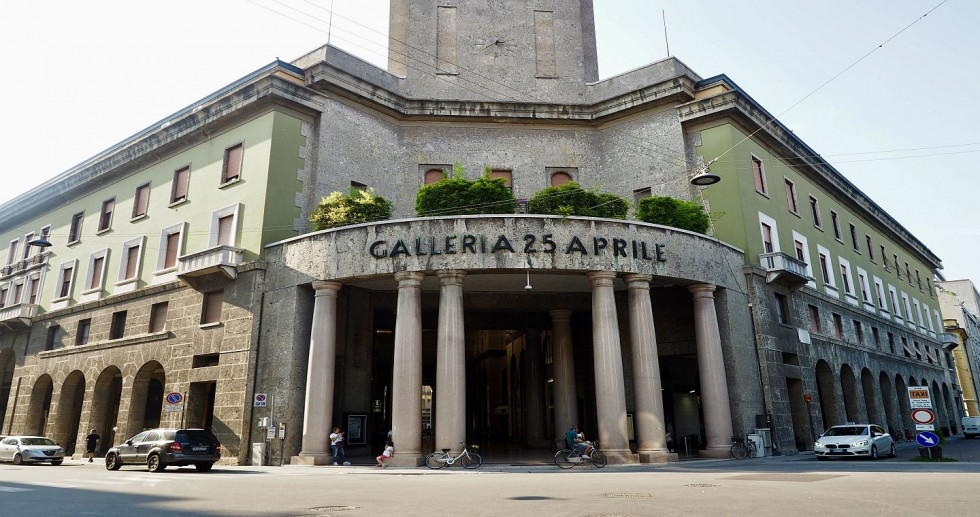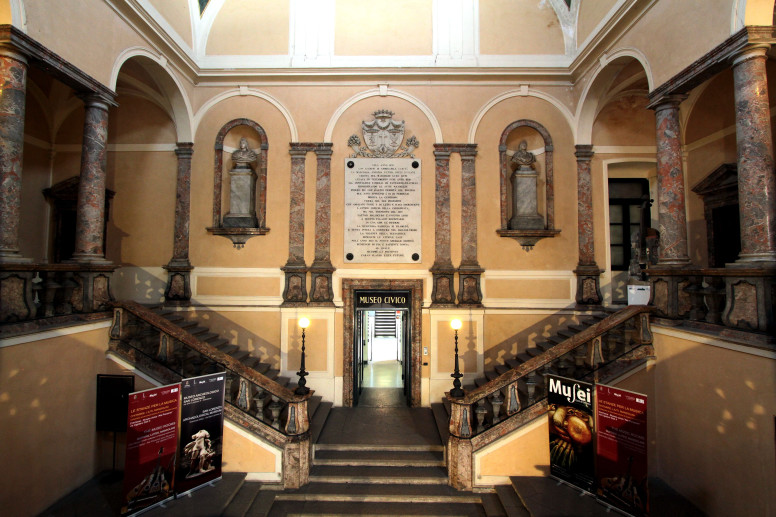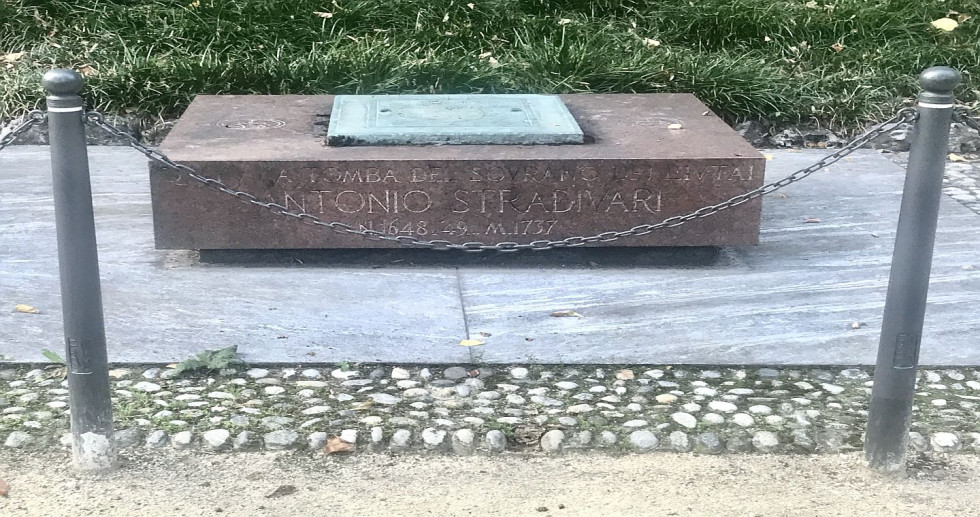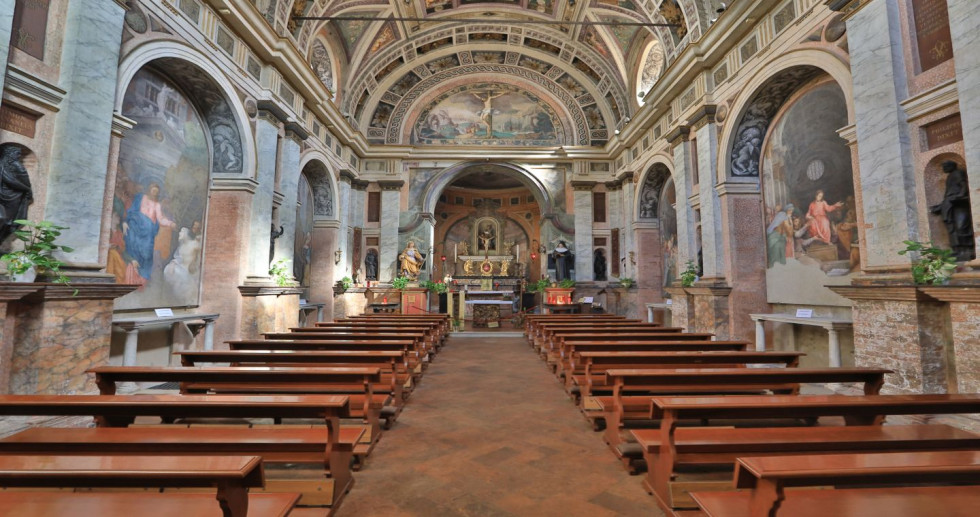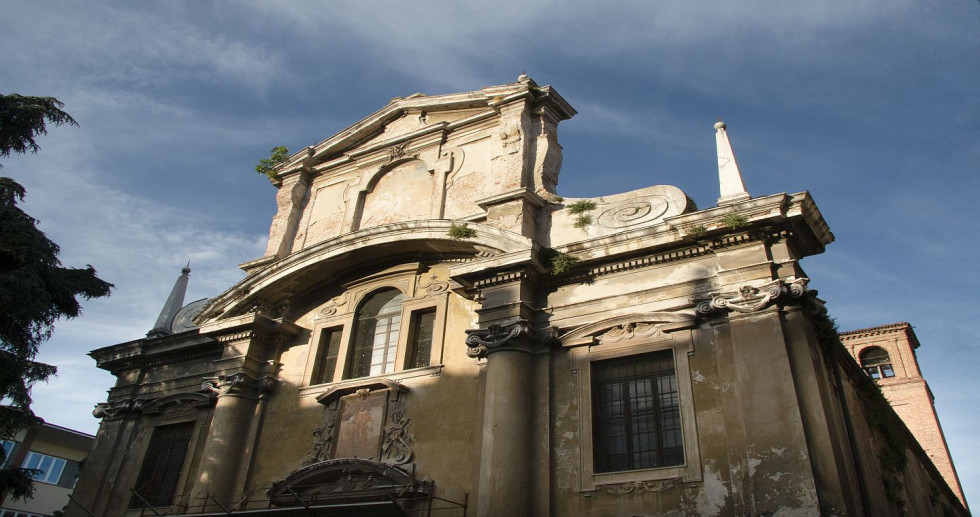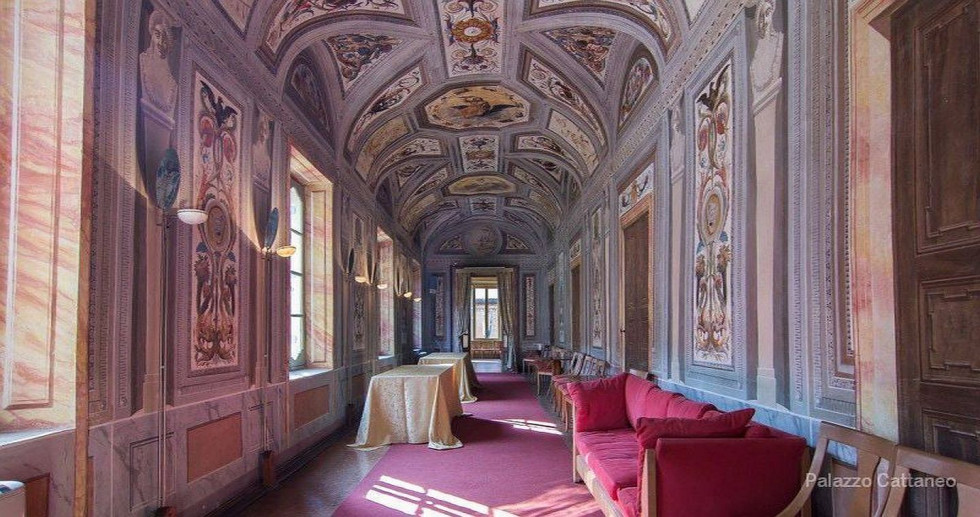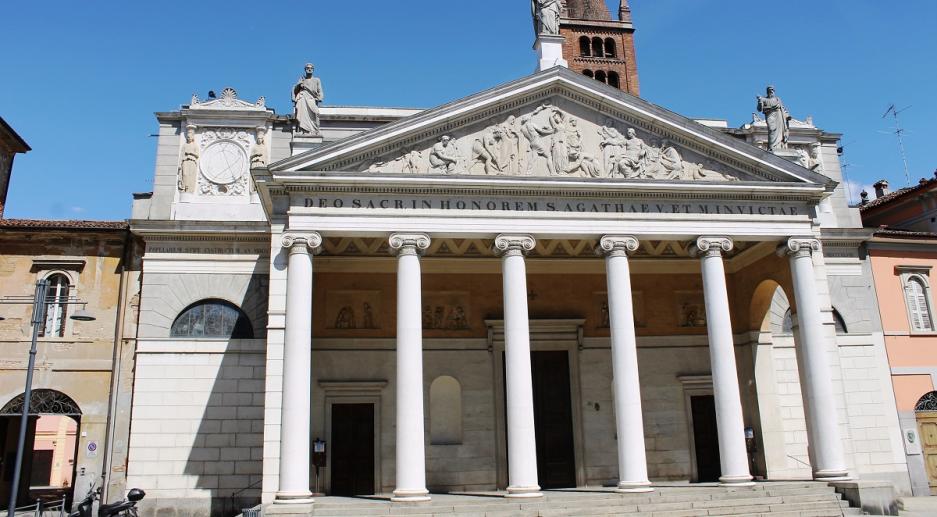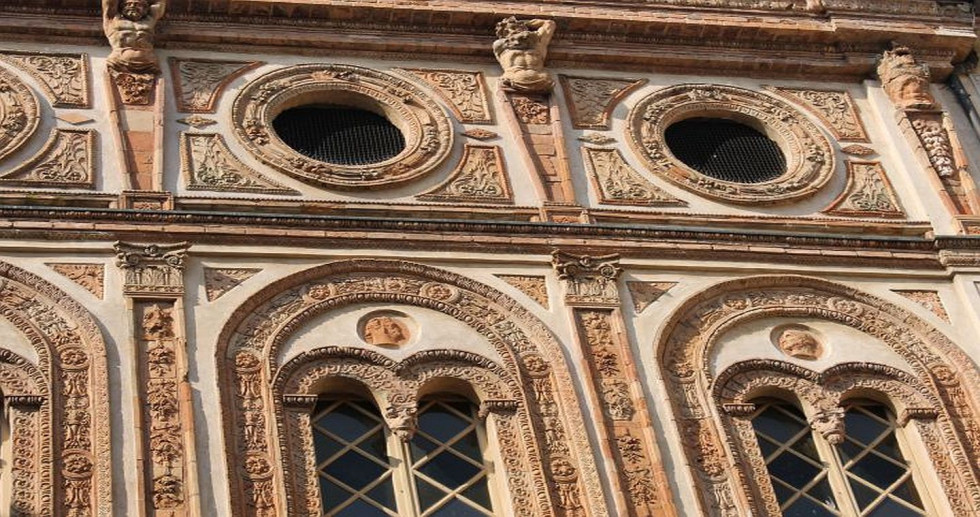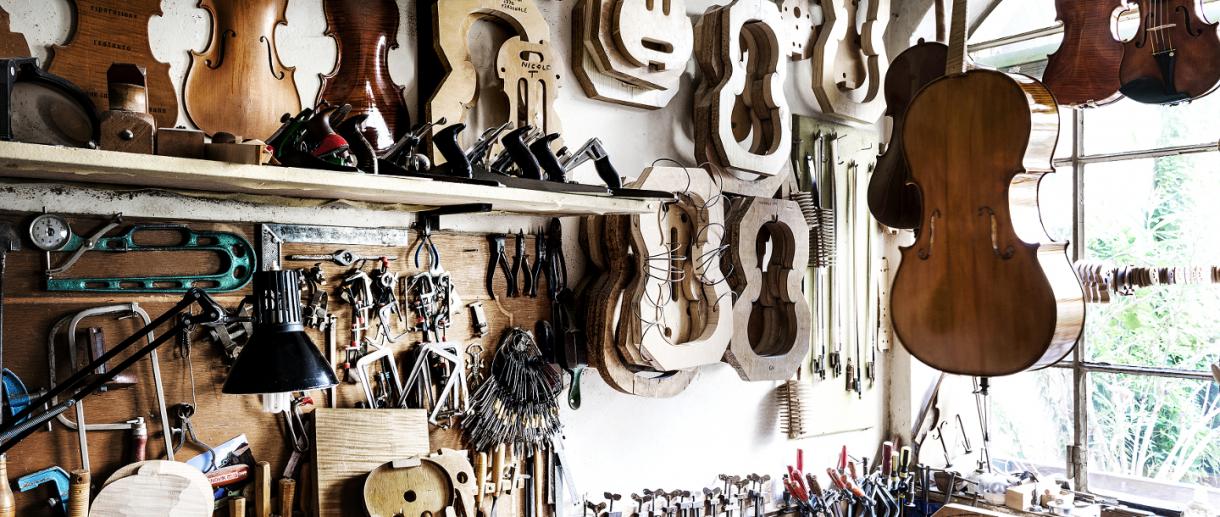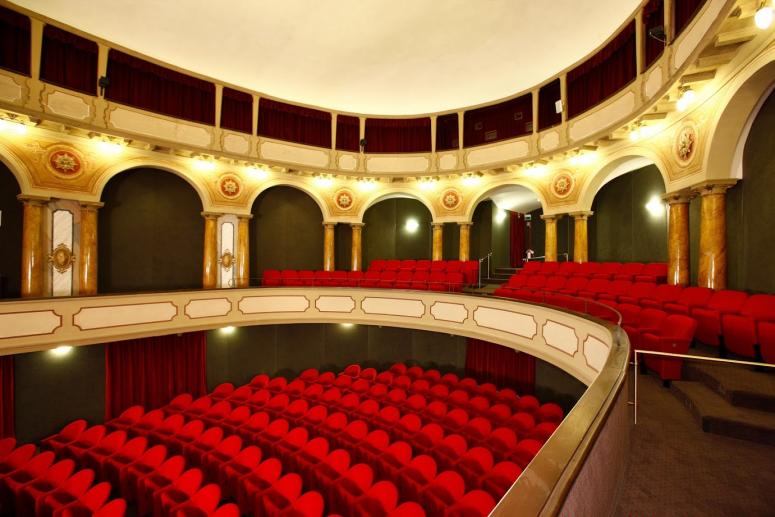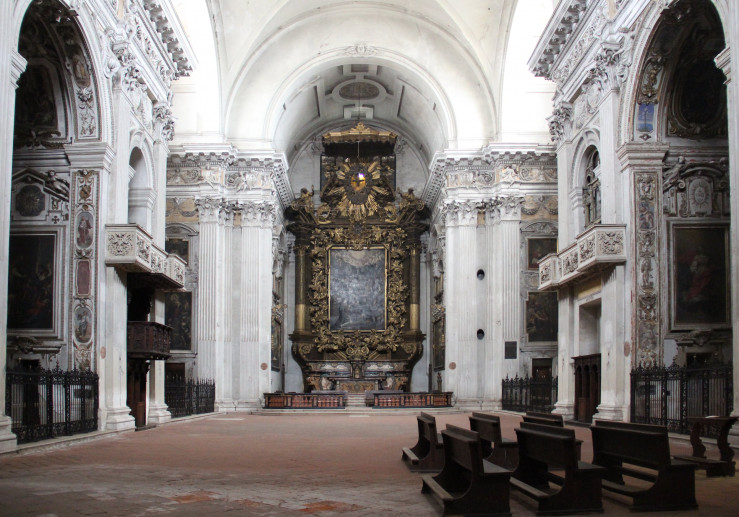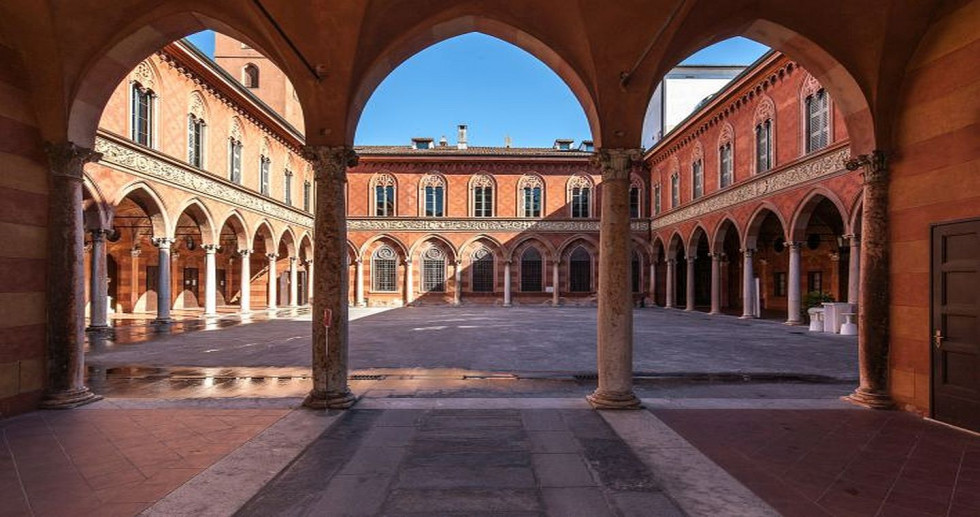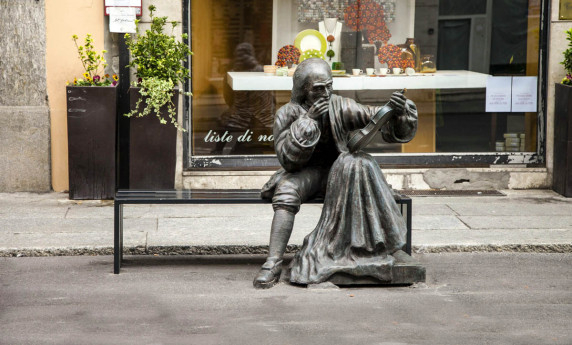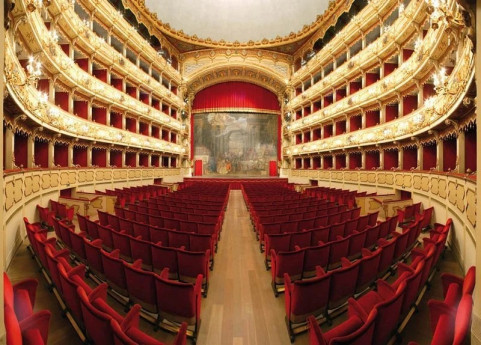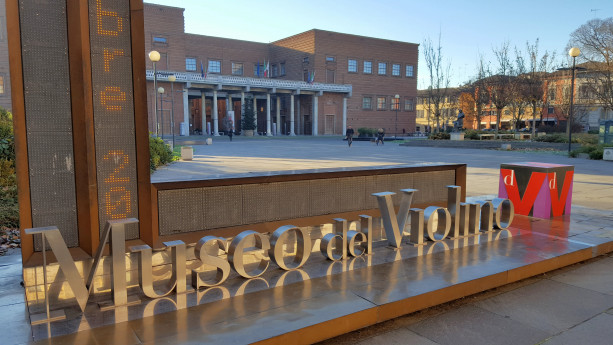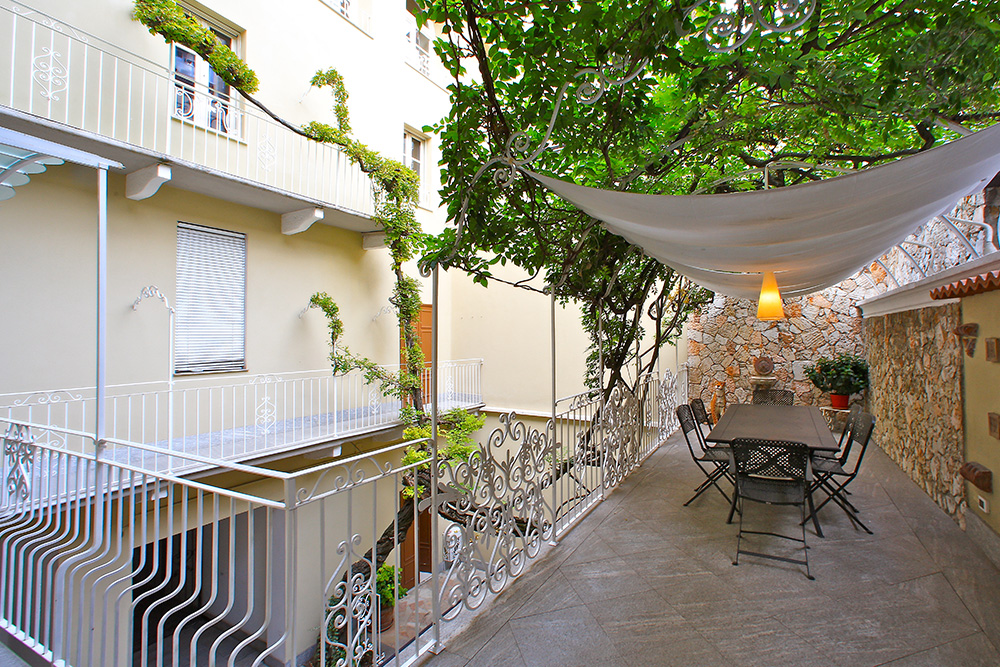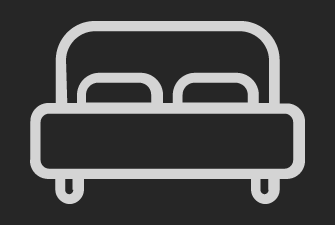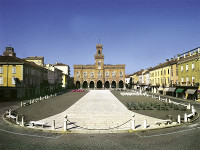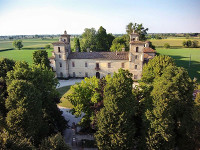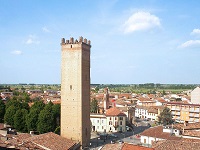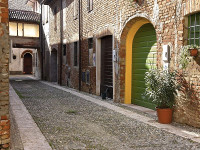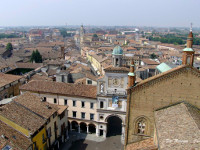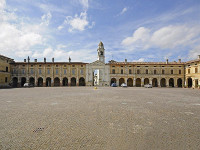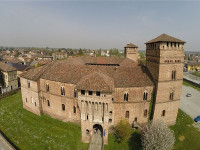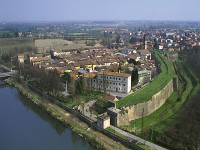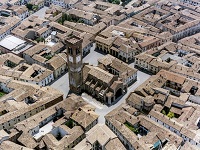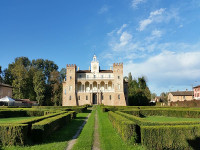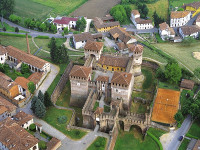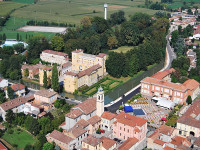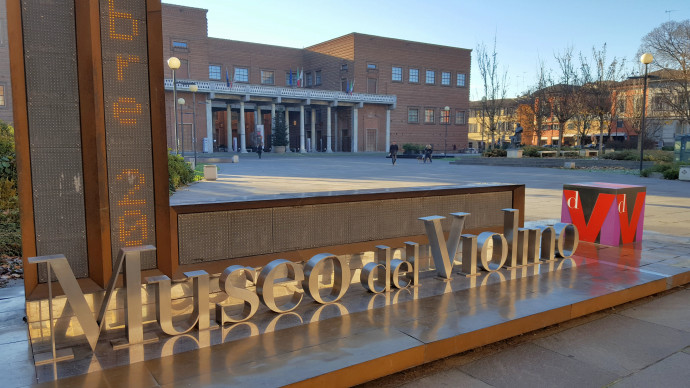- Art & Culture
Palazzo Rota Crotti Calciati
The building is remembered for the families that have lived there over the centuries.
It may not be very visible or impressive from the outside due to its location on a narrow street, but it is characterised by its remarkable horizontality and extension into the side streets.
There were many changes of ownership starting in 1725, when it passed from the Rota family to Cesare Crotti. It was Cesare Crotti who was responsible for the large size of the former Rota palace. He purchased several small houses in the surrounding area, located between the current streets of Cazzaniga and Antico Rodano and Via Palestro itself. These houses were demolished to create the new façade on Via Palestro (the previous one was on Via Antico Rodano).
Construction of the new building began around 1766 (but unfortunately there is no documentation to confirm this date), and the name of the designer is unknown.
It has an elegant, discreet façade with a beautiful round-arched portal; of interest is the gate that allows access to the courtyard and garden.
From the portico on the opposite side of the façade, one passes into the hallway, whose space is enlarged by two trompe l'oeil paintings, and to the grand staircase.
The staircase leads to the grandiose gallery and the ballroom, characterised by a very high ceiling entirely painted with false architectural quadrature.
The palace boasts unique and particularly intense decorative richness, but unfortunately, once again, the names of the skilled artists are unknown.
An interesting fact: in the gallery, the doors of a fake wardrobe conceal an altar that, when needed, transformed part of the gallery into a private chapel.
Other links
FacebookLe Dimore Storiche Cremonesi
